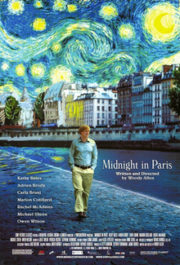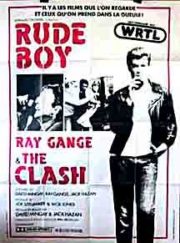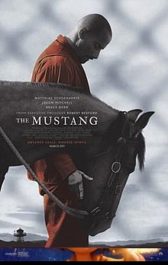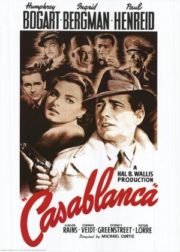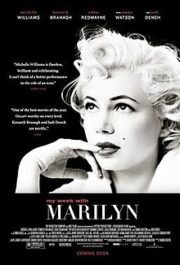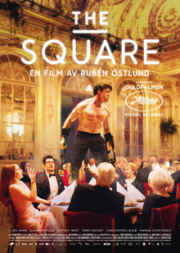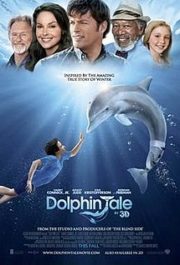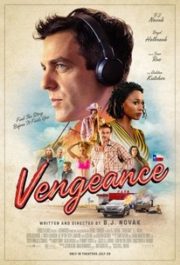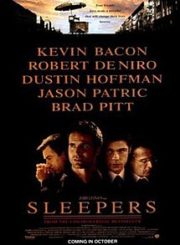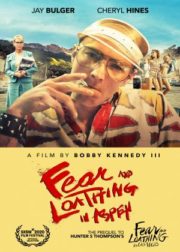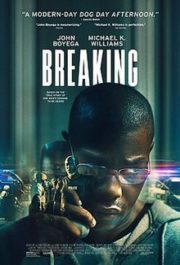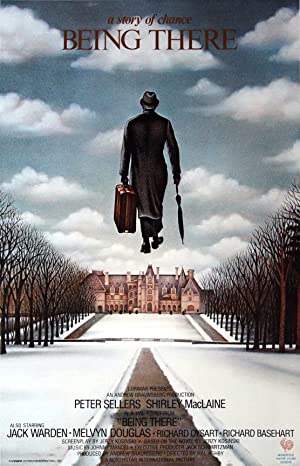
“Being There” is a satirical comedy-drama film released in 1980, directed by Hal Ashby and based on the novel of the same name by Jerzy Kosiński. The film stars Peter Sellers in his final leading role, alongside Shirley MacLaine, Melvyn Douglas, and Jack Warden. “Being There” is a thought-provoking exploration of identity, perception, and the power of simplicity in a complex world.
Plot Summary:
The film follows the story of Chance (Peter Sellers), a simple-minded gardener who has spent his entire life working in the wealthy Washington, D.C. household of a man named Old Man Rand (Melvyn Douglas). After Rand’s death, Chance is forced to leave the only home he has ever known and ventures out into the unfamiliar world.
Chance, who knows nothing beyond gardening and watching television, finds himself navigating society and interacting with influential individuals. However, due to his lack of knowledge and social skills, his simplistic statements about gardening are often misinterpreted as profound metaphors. People around him, including Eve Rand (Shirley MacLaine), the wife of his former employer, and Ben Rand (Melvyn Douglas), the brother of Old Man Rand, mistake his simplicity for wisdom.
As Chance’s reputation grows, he becomes a sought-after advisor to politicians and businessmen. His simple utterances are construed as profound political and economic insights, propelling him to unprecedented fame and influence. However, beneath his enigmatic persona lies a man who is genuine and untouched by the complexities of the world.
Themes and Impact:
“Being There” explores themes of perception, identity, and the nature of reality. The film presents a critique of media-driven culture, where appearances and soundbites can be mistaken for substance. It raises questions about the shallow nature of human interactions, the power of projection, and the fragility of societal structures.
Peter Sellers delivers a remarkable performance as Chance, skillfully portraying the character’s childlike innocence and ambiguous wisdom. His nuanced portrayal adds depth to the film’s exploration of identity and the human need to assign meaning to the unknown.
The film’s social commentary and satirical elements remain relevant today, highlighting the superficiality and absurdity of certain aspects of contemporary society. “Being There” invites viewers to question the nature of authority, expertise, and the illusions we create around ourselves.
“Being There” was critically acclaimed upon its release and received multiple Academy Award nominations, including Best Actor for Peter Sellers. The film is regarded as one of Peter Sellers’ finest performances and a significant contribution to American cinema. It continues to be celebrated for its thought-provoking narrative, strong performances, and its ability to challenge societal norms and perceptions.
Conclusion:
“Being There” is a thought-provoking and satirical film that explores the complexities of human perception and the power of simplicity. Peter Sellers’ captivating performance, along with the film’s sharp writing and direction, offers a humorous and incisive commentary on society, media, and the nature of identity. “Being There” remains a notable entry in the filmography of both Peter Sellers and director Hal Ashby, leaving a lasting impact on audiences with its insightful exploration of human nature and the follies of the modern world.
Submit your review | |
Being There, directed by Hal Ashby and released in 1980, is a thought-provoking and subtly humorous film that challenges our perceptions of reality, identity, and the nature of human connection. Adapted from Jerzy Kosinski's novel of the same name, the film presents a unique premise and engages viewers with its wit, charm, and social commentary.
At the center of the story is Chance, a simple-minded gardener played by Peter Sellers, who has spent his entire life isolated in the confines of a wealthy man's estate. When his benefactor dies, Chance is thrust into the outside world, navigating social interactions with childlike innocence and a limited understanding of the complexities of human relationships.
What sets Being There apart is its masterful blend of satire and introspection. The film uses Chance's naivety and detached perspective to expose the absurdities and superficialities of modern society. Through his unintentional remarks and simplistic worldview, Chance becomes a blank canvas upon which people project their own desires, interpretations, and political aspirations. The film cleverly explores the power of perception and how individuals can be easily swayed by surface-level appearances.
Peter Sellers delivers a remarkable performance as Chance, capturing both his childlike innocence and the underlying wisdom that emerges from his simplistic observations. Sellers' restrained and nuanced portrayal adds depth to the character, making him simultaneously endearing and enigmatic. The supporting cast, including Shirley MacLaine and Melvyn Douglas, provide strong performances that complement Sellers' central role.
Director Hal Ashby's visual storytelling and pacing contribute to the film's overall impact. The cinematography captures the beauty of Chance's garden sanctuary and juxtaposes it with the bustling streets of Washington, D.C., highlighting the stark contrast between nature and the artificiality of the urban environment. The film's deliberate pacing allows viewers to immerse themselves in Chance's world and contemplate the deeper themes at play.
Being There prompts viewers to reflect on the nature of perception, the role of media in shaping public opinion, and the absurdities of human behavior. It cleverly satirizes societal constructs and raises questions about the authenticity of our interactions and the weight we place on appearances. The film's ambiguous ending leaves room for interpretation, inviting audiences to engage in further contemplation.
While Being There may not be a film for those seeking fast-paced action or conventional storytelling, its introspective and thought-provoking nature rewards attentive viewers. With its subtle humor, outstanding performances, and incisive social commentary, Being There remains a relevant and compelling film that invites us to examine our own perceptions and the complex world we inhabit.



